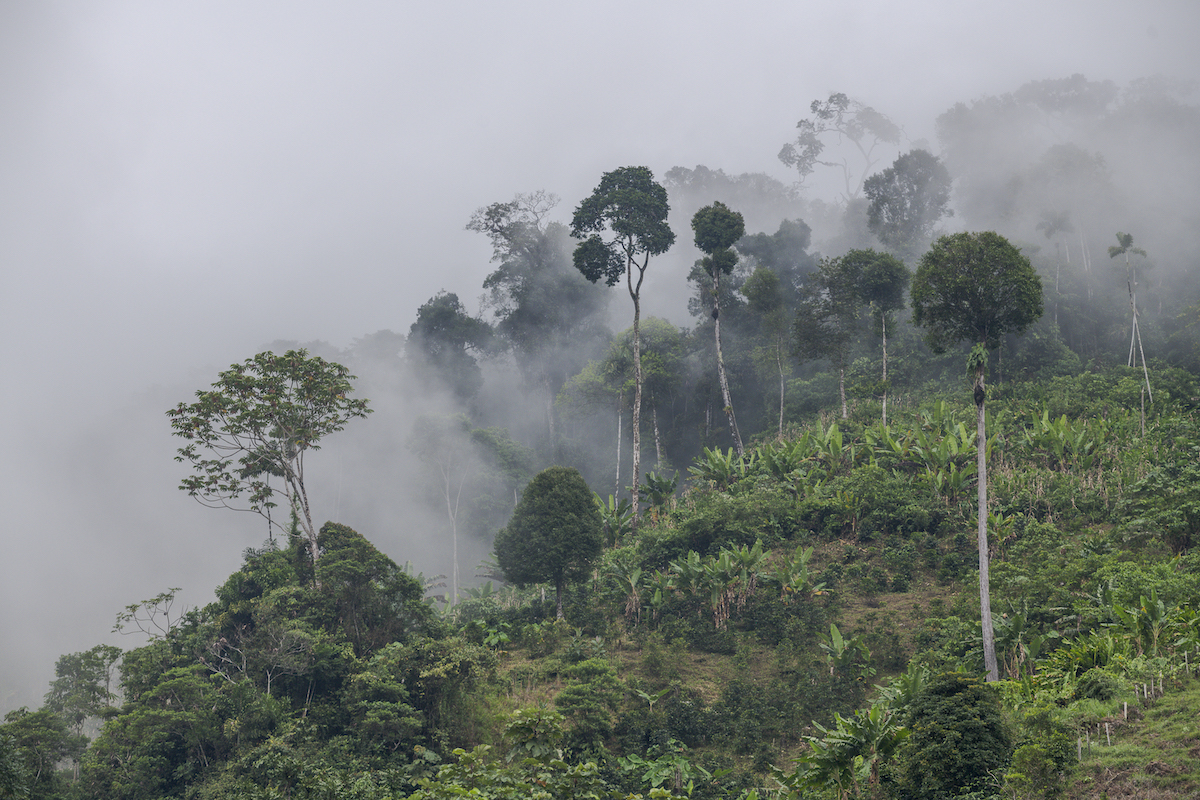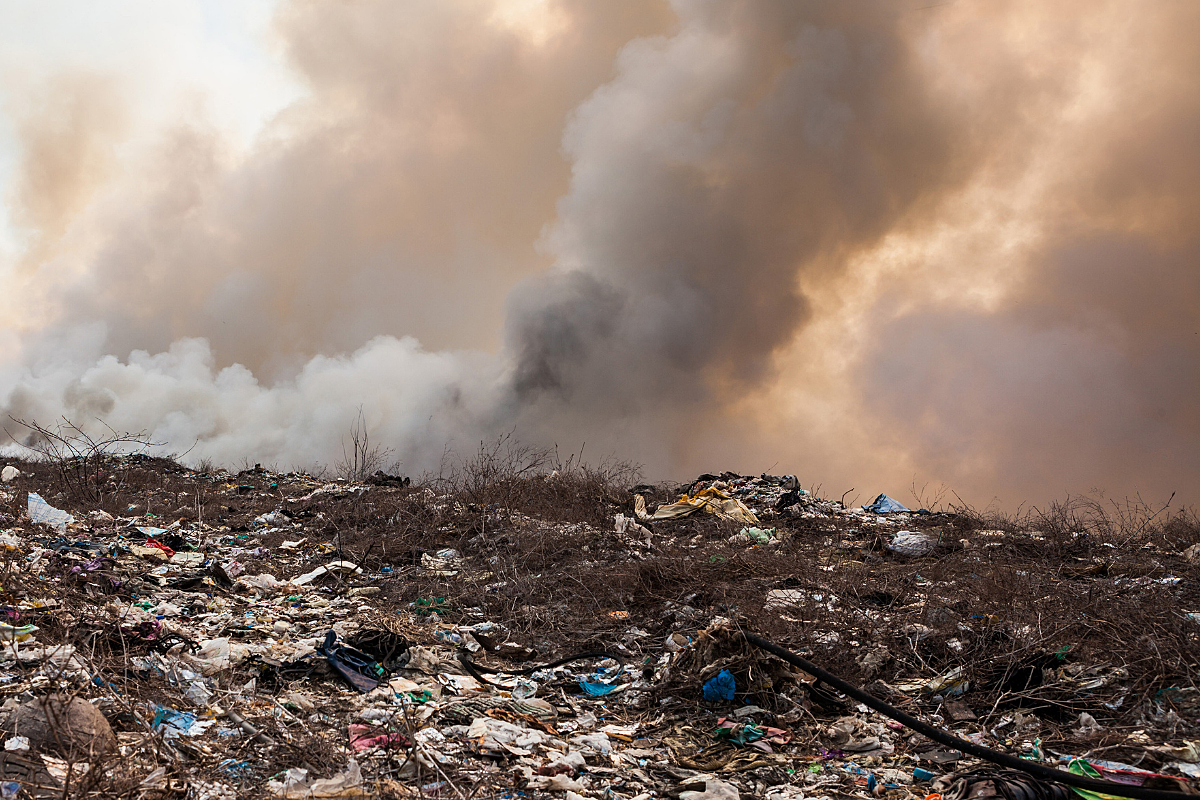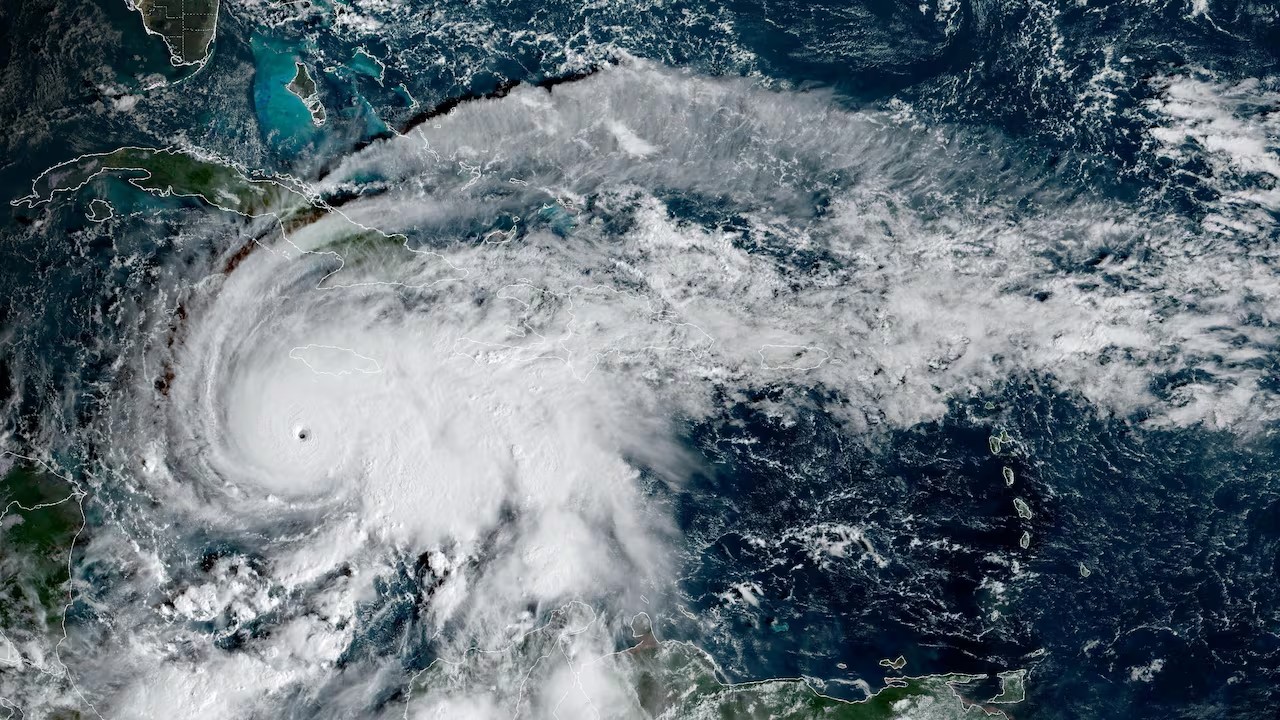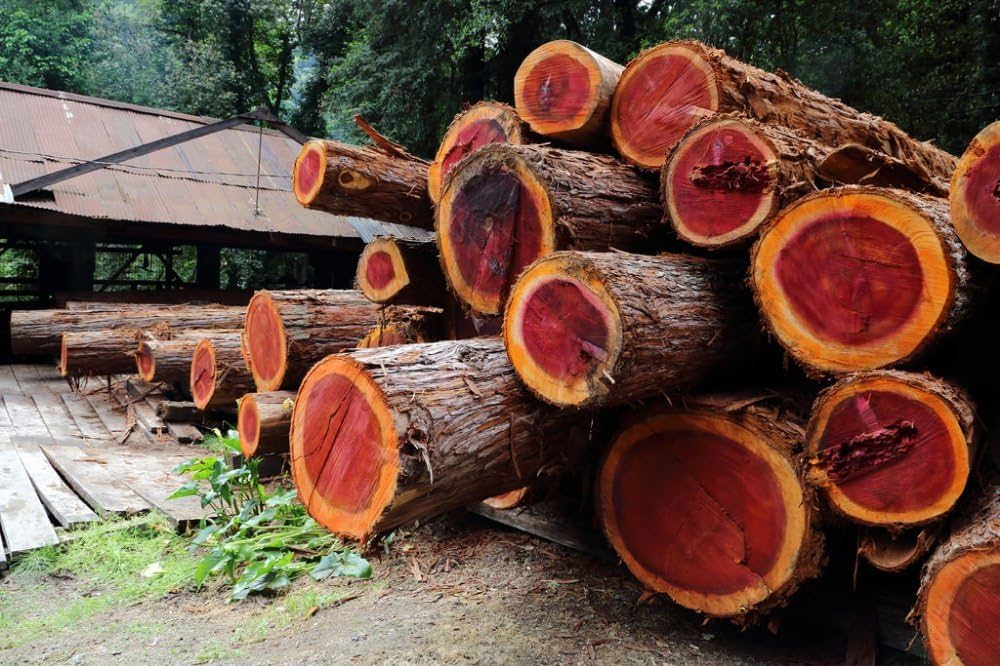- Organizations contributing to pollution can purchase credits, each representing the removal or reduction of one tonne of carbon dioxide.
Carbon credits offer a valuable market-based mechanism for addressing greenhouse gas emissions and combating climate change.
These instruments enable companies, governments, and organizations to take responsibility for their carbon footprint by investing in projects that reduce or remove carbon dioxide and other harmful greenhouse gases from the atmosphere.
So, how do carbon credits work? Organizations contributing to pollution can purchase credits, each representing the removal or reduction of one tonne of carbon dioxide.
The funds paid by these organizations are then directed towards initiatives that actively lower carbon emissions. This means that for every tonne of Carbon dioxide (CO2) emitted, a corresponding credit represents a tonne of CO2 captured or prevented from entering the atmosphere.
Ultimately, the aim is to ensure that the overall amount of CO2 and other pollutants remains stable or decreases, contributing to climate change mitigation.
Read More
One notable project that exemplifies the power of carbon credits is the Northern Rangelands Trust Carbon Credits initiative. As one of the most significant soil carbon removal projects, building climate change resilience in arid regions while conserving the environment is crucial.
Through modified grazing practices such as rotational grazing, pasture reseeding, and restoration of degraded rangelands, livestock keepers can increase grass cover, enabling the capture of more atmospheric carbon and its storage in the soil.
In Kenya, counties such as Laikipia, Isiolo, Marsabit, and Samburu have embraced soil carbon removal practices through the Northern Rangeland Carbon Project (NKRCP), an initiative of the Northern Rangeland Trust (NRT). This project, which focuses on soil carbon removal through sustainable grazing management, is the first globally.
Since its inception in 2013, the NKRCP has contributed to climate change mitigation and benefited local communities within the conservancies. Through the sale of carbon credits, these communities have received over Sh1.5 billion, positively impacting their livelihoods.
Dida Fayo, the regional head of NRT, emphasizes the importance of planned rotational grazing for the project. By replacing unplanned grazing with strategic rotational practices, the initiative enables increased vegetation growth and enhanced carbon storage in the soil.
Pastoralist communities must embrace these projects positively, recognizing their potential to uplift their livelihoods. By participating in carbon credit programs and adopting sustainable grazing practices, communities can contribute to climate change mitigation while simultaneously improving their resilience in the face of environmental challenges.







